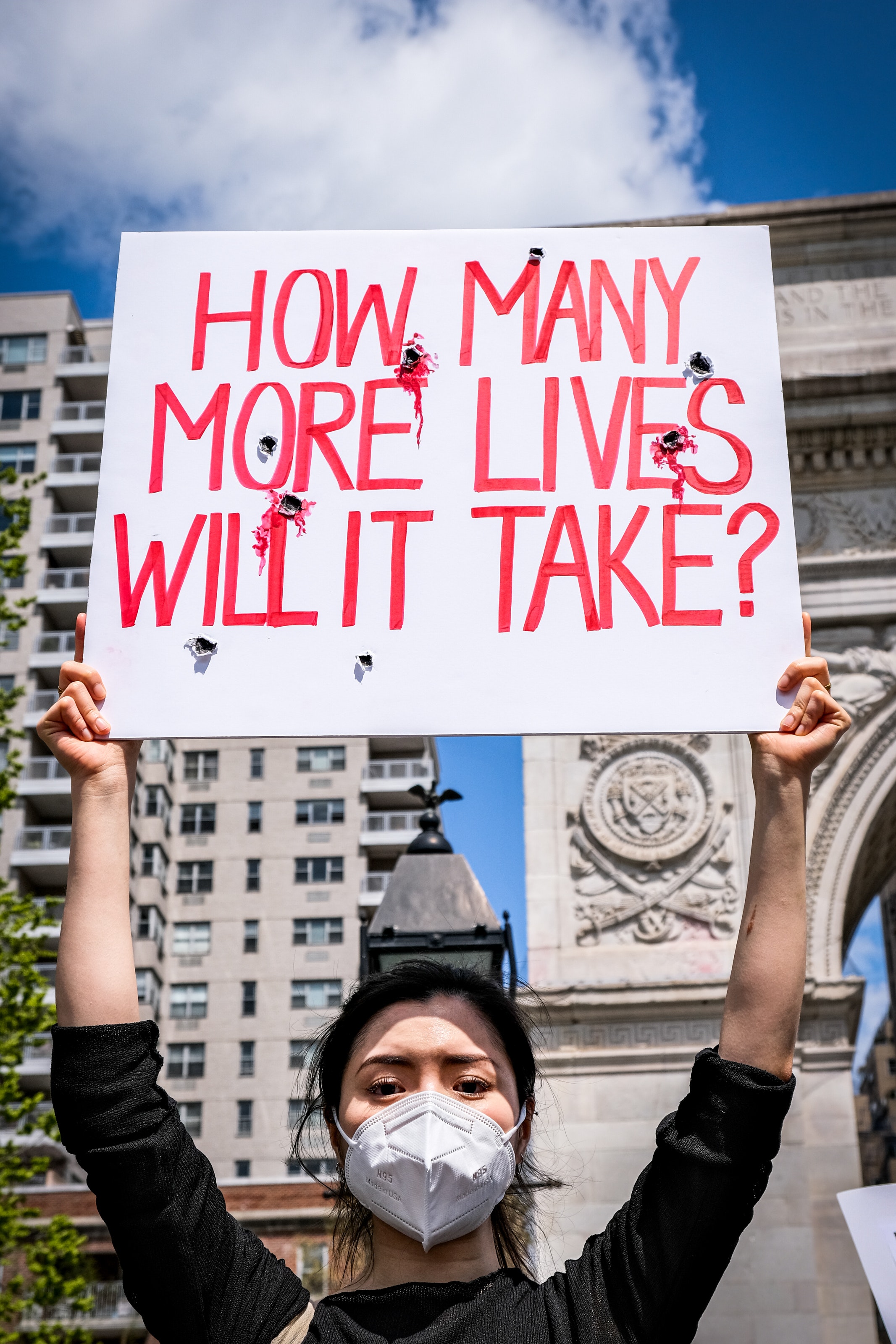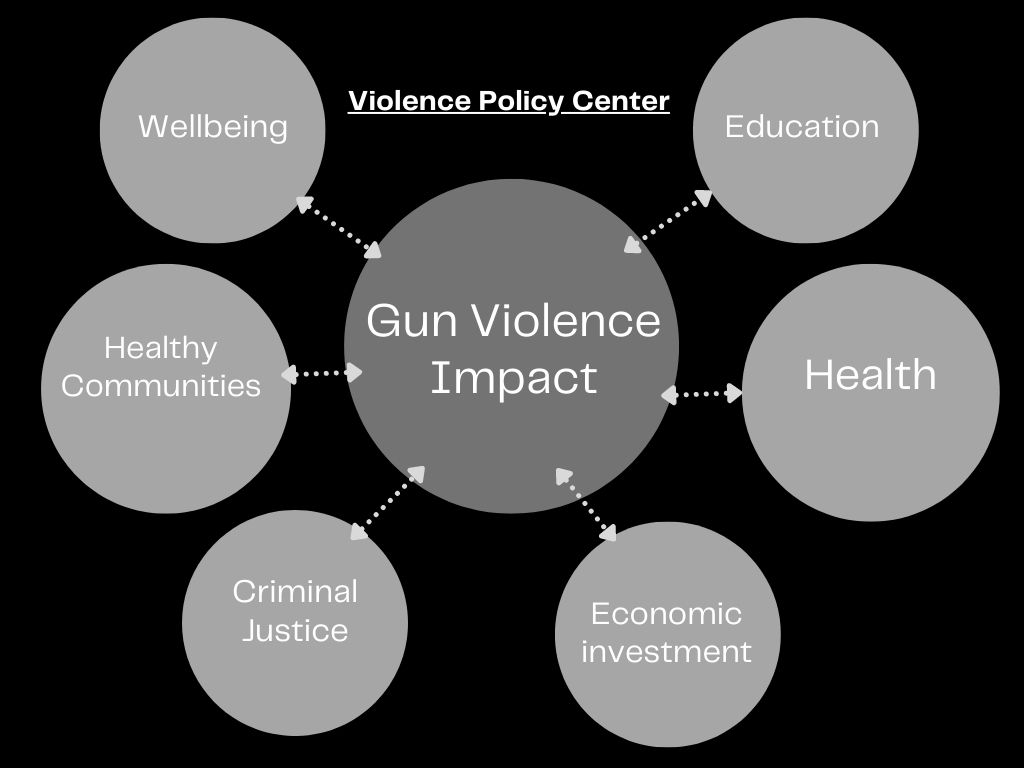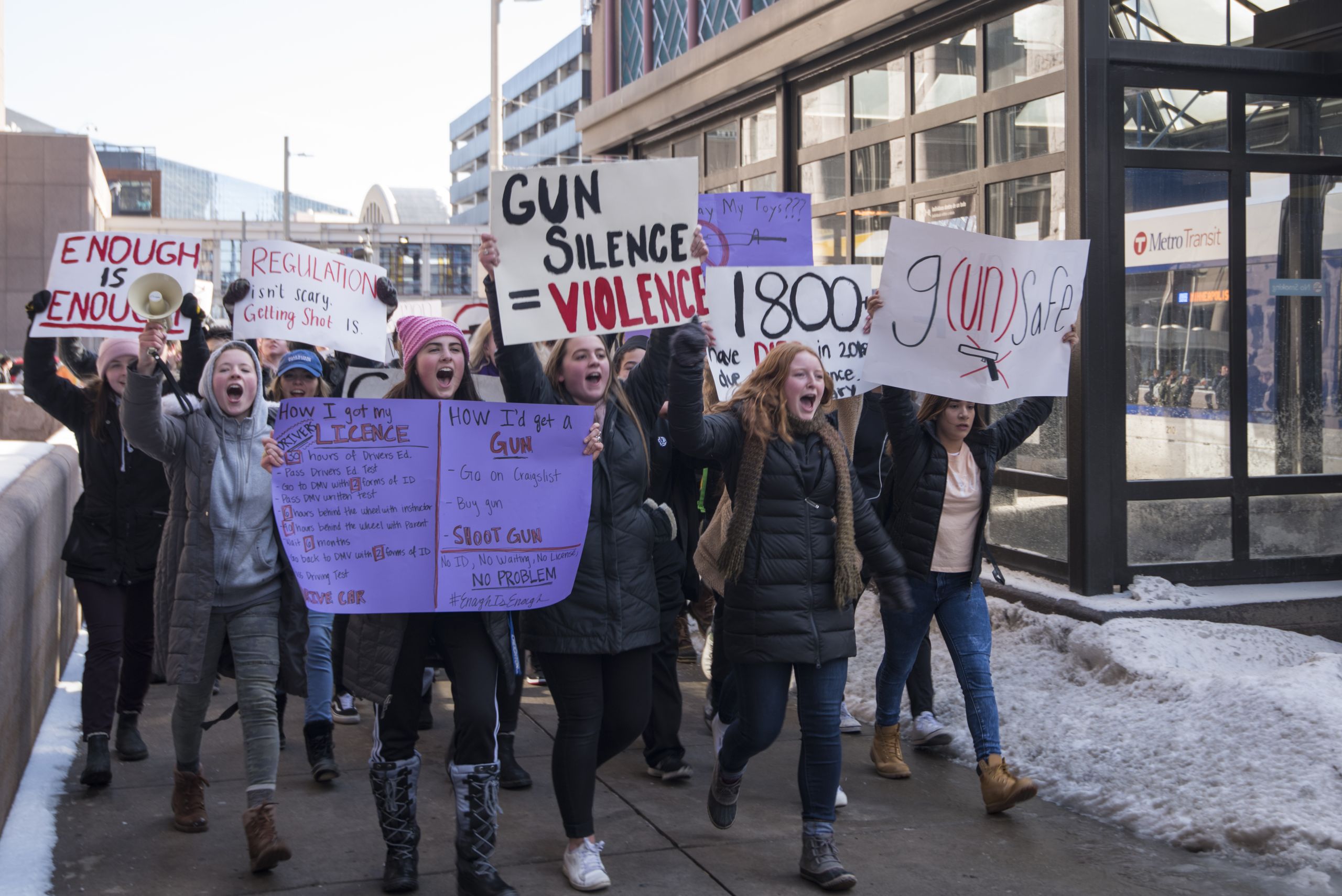Gun violence is on the rise across the nation. In communities like Philadelphia, these incidents occur frequently. However, with the midterm elections approaching, there is a chance to do something politically to stop the violence.
Dr. Vivian Smith, Cabrini associate professor of sociology, criminology, and justice, and department chair, said, “When we talk about gun violence, we talk about people being hurt. People don’t like to see other people being hurt.”
A social problem
The issue of gun violence has been around for years, but every shooting differs from the next. The Educational Fund to Stop Gun Violence said 60% of gun-related deaths are suicides and 35% are homicides, making these numbers 25 times higher than other high-income countries, such as Chile and Israel.
Mass shootings, on the other hand, statistically have a high rate in the U.S. Since 2009, 1,599 Americans have been killed and 1,050 more wounded in 284 mass shootings; 1 in 4 of these victims were children and teenagers. This adds up to an average of 20 U.S. shootings each year.
“From a sociological perspective, gun violence is defined as a social problem,” Smith said. “A social problem is part of what gets people involved in community action because the problem needs to be resolved and addressed.”
Public safety
There are more than 110 gun-related deaths each day in the U.S., and shootings are likely to happen anywhere from schools to malls, parking lots, and many other public places.

“Gun violence is in the public safety category,” Gabriella Ayala said, adjunct history and political science professor at Cabrini.
Ayala said after the mass shootings in Uvalde, Texas, and Buffalo, New York in May, people called on Congress to enact gun control laws. She added that since the 2012 Sandy Hook Elementary School massacre, “legislation introduced in response to mass killings has consistently failed to pass the Senate.”
“This issue is extremely complex because of how polarizing Congress is,” Ayala said. “Sixty-four percent of Americans support new gun control laws but not every member of Congress has that high a proportion of support for gun control in their district.”
Ayala also said this is why congresspeople often don’t vote for gun control. “They want to hold on to the votes of that electoral constituency. … It may be more important to them than representing everyone in their district equally,” she said.
How to define the problem
Smith said that to address and resolve the issue, people must start by using the basic steps of how, when, where, what, and why.
“All of those questions are really important to ask when we’re talking about defining a problem, how it gets to be a problem, and then who gets to communicate that problem. Those questions are important for political purposes,” Smith said.
To discuss the issue as a community, people must look at the context of the violence. The context of the shootings in Philadelphia differs from mass shootings in schools and other public places, raising the question of the kind of gun violence people are specifically talking about.
“School shootings and mass casualties often have different contexts around why they occurred,” Dr. Smith said.
Why is it happening?

All of the contexts add up to the most important question of all: why is it happening? One of the biggest causes of shootings is trauma.
Shooters can be childhood abuse or domestic violence survivors, or veterans returning home from tense war zones struggling with post-traumatic stress.
“Research has shown that folks who have been perpetrators of the gun violence have also been victims themselves,” Smith said. “That trauma can drive someone to address their issues and problems in the same way.”
She believes that if politicians talk about the reasoning behind these incidents, it helps them and their communities “understand how to talk about these problems in the right way.”
“A U.S. citizen can make the right decision about who is the person that is really going to address gun violence.”
Gun violence is a public health crisis
“The news gives audiences a vision of the perpetrators, leaving out the in-depth contexts behind the cause of the shootings,” Smith said.
Instead of giving people information on who the perpetrators are, journalists, politicians, and community leaders instead need to start looking at the cause of the suspect’s actions and what could have been prevented.
Ayala said, “Gun violence is a public health crisis. A public health approach to curbing community violence starts with a better understanding of where violence is happening, who is involved, and why. Improving the effectiveness of these policies and practices, and developing new ones, will require continued research and experimentation into firearm harm reduction.”
For this upcoming election, gubernatorial candidates, like Democrat Josh Shapiro, support stricter gun safety measures. Unlike Republican Douglas Mastriano, who introduced a bill to ban the enforcement of guns in the state of Pennsylvania.
Smith also suggested listening to a podcast called Crime Survivors: The Power of the Personal Story, “Episode 3: Unique Patterson.”
If you or someone you know is a victim of gun violence, please reach out to Everytown Support Fund or CAPS at 610-902-8561. If you are interested in raising awareness of gun violence, Smith suggested reaching out or donating to the Paterson Healing Collective.




